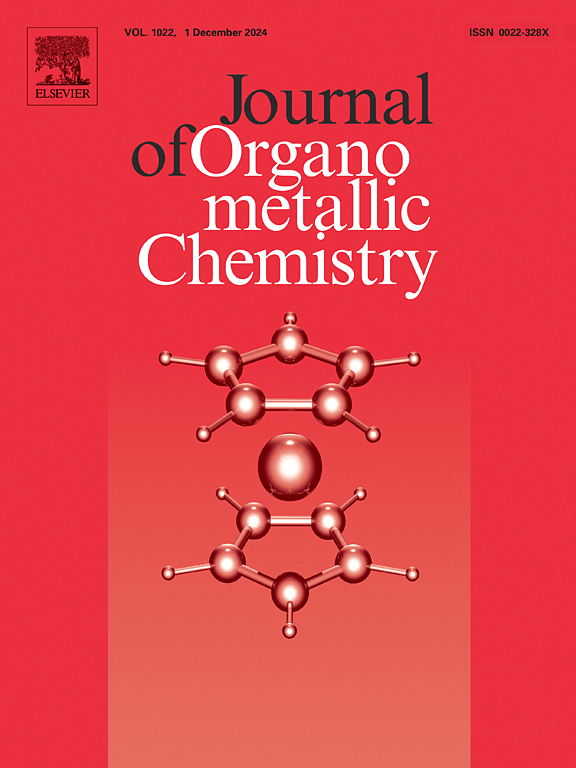Advancing chemistry sustainably: From synthesis to benefits and applications of green synthesis
IF 2.1
3区 化学
Q3 CHEMISTRY, INORGANIC & NUCLEAR
引用次数: 0
Abstract
Green synthesis is a method of chemical synthesis that aims to reduce the environmental impact of chemical reactions and techniques. Green synthesis techniques use plant extracts, microorganisms, or proteins as bio-capping and bio-decreasing agents and their role as bio-nanofactories for prepare biogenic nanoparticles (NPs). Green chemistry emphasizes the minimization of hazardous compounds, reduction of waste generated in conventional organic synthesis, and consideration of both production and disposal impacts. Since 2011, the adoption of green chemistry techniques has led to a 27 % reduction in chemical waste, with enhanced chemical recycling playing a significant role. Key reduction strategies include process modifications, elimination of toxic reagents, and reduction in the number of steps required in organic synthesis. Moreover, green chemistry-based sustainable synthesis and nanomaterial surface fabrication have attracted attention due to their superior catalytic properties, ease of handling, reusability, cost-effectiveness, and biocompatibility. For instance, metal NPs synthesized from plant extracts and animal waste have gained popularity as bio-reductants for various organic transformations. The pharmaceutical industry is increasingly committed to sustainable chemistry practices to produce modern medicines and improve the greenness of numerous drugs. This review will primarily examine the steps, concepts, and techniques fundamental to green chemistry.

求助全文
约1分钟内获得全文
求助全文
来源期刊

Journal of Organometallic Chemistry
化学-无机化学与核化学
CiteScore
4.40
自引率
8.70%
发文量
221
审稿时长
36 days
期刊介绍:
The Journal of Organometallic Chemistry targets original papers dealing with theoretical aspects, structural chemistry, synthesis, physical and chemical properties (including reaction mechanisms), and practical applications of organometallic compounds.
Organometallic compounds are defined as compounds that contain metal - carbon bonds. The term metal includes all alkali and alkaline earth metals, all transition metals and the lanthanides and actinides in the Periodic Table. Metalloids including the elements in Group 13 and the heavier members of the Groups 14 - 16 are also included. The term chemistry includes syntheses, characterizations and reaction chemistry of all such compounds. Research reports based on use of organometallic complexes in bioorganometallic chemistry, medicine, material sciences, homogeneous catalysis and energy conversion are also welcome.
The scope of the journal has been enlarged to encompass important research on organometallic complexes in bioorganometallic chemistry and material sciences, and of heavier main group elements in organometallic chemistry. The journal also publishes review articles, short communications and notes.
 求助内容:
求助内容: 应助结果提醒方式:
应助结果提醒方式:


